Former members

Tim Mueller -
Principal investigator
Prior to joining the faculty of Johns Hopkins
in 2012, Tim cofounded Pellion Technologies, a company that is
leveraging computational tools to develop advanced batteries. He has
an A.B. in Applied Mathematics from Harvard University and a Ph.D.
in Materials Science and Engineering from MIT.
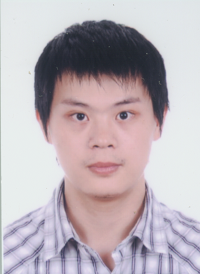
Liang Cao - Postdoctoral associate
Liang graduated with B.S. of Physics from
University of Science and Technology of China (USTC) and Ph.D. of
Physics from Johns Hopkins University. Liang is interested in ab
initio calculations and cluster expansion method for discovery and
design of new catalytic materials. He is currently investigating
Pt-Ni based nanocatalysts for the oxygen reduction reaction (ORR)
and Cu-based nanocatalysts for CO2/CO reduction.
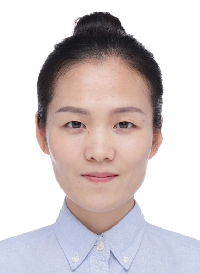
Shanping Liu - Postdoctoral associate
Shanping graduated with a Ph.D. in Materials
Science and Engineering from Jilin University of China. As a Ph.D.,
her research mainly focused on calculating reaction mechanisms of
CO2 reduction and revealing the solvent effects on different
catalytic reactions. Currently, her research is to predict the
structure and properties of small clusters and their possible
application in catalysis, with the effects of solvents.
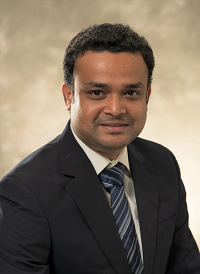
Tanmoy Chakraborty - Postdoctoral associate
Tanmoy joined Johns Hopkins University as a
Postdoc in December 2019. Prior to joining Johns Hopkins he was a
postdoc at the University of Illinois at Urbana-Champaign from April
2018 - November 2019. He received his Ph.D. in Physics from
Ruhr-University Bochum in December 2017. He completed his M.S. in
Physics at the Indian Institute of Technology (IIT) Guwahati in 2011
following which he joined CSIR-CMERI Durgapur as a project fellow
and worked there from 2011-2013. Tanmoy is interested in DFT-based
multi-scale modeling for the understanding, design, and discovery of
new energy materials. He is currently working on cluster expansions
on surfaces and nanoparticles and developing machine-learning
potentials for materials.
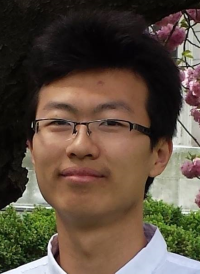
Chenyang Li - Ph.D. student in Materials
Chenyang graduated from Penn State University
with a B.S. in Materials Science and Engineering. As an undergraduate
he did research on first-principles spectroscopic study on
hydroxyapatite (for water purification). His research interests are
materials for energy and he is working on Pt-based nanocatalysts
using cluster expansions.
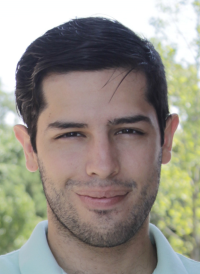
Alberto Hernandez - Ph.D. student in
Materials
Alberto graduated from the Costa Rica
Institute of Technology with a B.S. in Materials Engineering with an
emphasis in microelectronics. Previously, he investigated
graphene/ZnO/protein solar cells. Currently, he is interested in
machine learning methods for materials, and is working on genetic
programming to accelerate materials research.
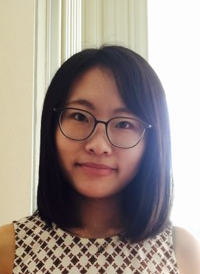
Chuhong Wang - Ph.D. student in Materials
Chuhong graduated with B.S. of Materials
Science and Engineering from Tongji University. As an undergraduate,
she did research on the calculation of nanoparticles using EAM
potential models. Currently, her research is focused on the Pt-based
nanocatalysts for the oxygen reduction reaction.
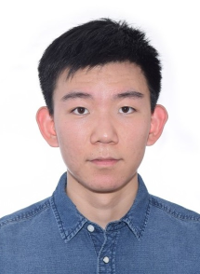
Yunzhe Wang - Ph.D. student in Materials
Yunzhe graduated from the University of Hong
Kong with a B.S. in Materials Science and Engineering, and minors in
physics and mathematics. During his undergraduate study, he
conducted research in high-strength titanium composite and
stretchable conductive transparent electrodes. Currently, he is
endeavoring to improve efficiency of K-Point server in the group for
DFT calculation.
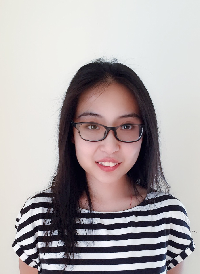
Yang Cheng - M.S.E. student in Materials
Yang Cheng graduated from Tianjin University
with a Bachelor of Engineering in Materials Science and Engineering.
As an undergraduate she did research on anode material of
lithium-ion battery, Ti3C2 co-intercalated with MoS2 and Ag2S. She
is interested in computational materials science.
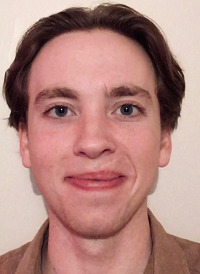
Sam Norwood - M.S.E. student in Materials
Sam graduated from Johns Hopkins University
with a B.S. in Chemical and Biomolecular Engineering and Materials
Science and Engineering. He began working with the group as a
senior, using ab initio calculations to investigate the performance
of conductive metal-organic frameworks as materials for alkali-ion
energy storage. Currently, his research focuses on employing machine
learning methods to predict the structures of ligated nanoclusters.
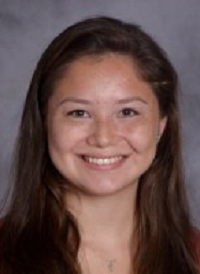
Abigail Park - Undergraduate
Abby is a sophomore studying Materials Science
and Engineering at Johns Hopkins University. Her research involves
modeling clusters of specific molecules and determining their
stability after adding a charge.
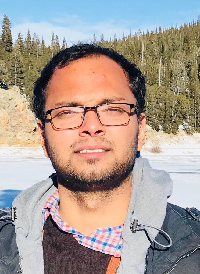
Sukriti Manna - Postdoctoral associate
Sukriti earned his Ph.D. in Mechanical
Engineering at Colorado School of Mines for his work on design and
discovery of new piezoelectric materials using high throughput
density functional theory. Prior to that, he completed his M.S. in
Materials Engineering from IISc Bangalore, India. He joined
Mueller's group at Johns Hopkins University in Aug 2018. Currently,
he used a genetic algorithm to predict the structure of Ligated
nanoclusters.

Fenglin Yuan - Postdoctoral associate
Fenglin graduated with B.S. of Materials
Physics from Wuhan University (China) and Ph.D. of Materials
Engineering from Rensselaer Polytechnic Institute. Fenglin's
interested in both ab initio and molecular dynamics calculations for
inorganic materials as well as force field development for molecular
simulations. Fenglin's research in our group primarily focused on
automated generation of force fields by genetic programming.
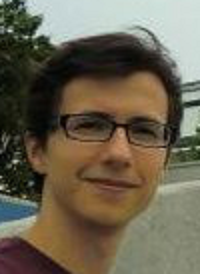
André Botelho - Postdoctoral associate
André has a BS and MS in Manufacturing
Engineering and a PhD in Materials Science and Engineering from
Boston University. He worked with our group on structure
calculations of materials, especially organic, for applications in
alternative energy, electronic/MEMS devices, and artificial muscles.

Pandu Wisesa - Ph.D. student in Materials
Pandu graduated from University of Illinois with a B.S. in Materials
Science and Engineering and concentration in metals. As an
undergraduate he did research on the fabrication of carbon nanotubes
and diffusion of oxygen through HCP metals. Pandu's research in our
group focused on investigating materials for diffusion and
developing a database of efficient k-point
grids using informatics.
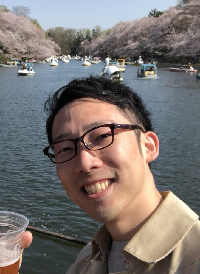
Koutarou Aoyagi - Visiting Scholar
Koutarou graduated with a M.S. in Materials
Science and Engineering from Tokyo Institute of Technology. He was a
visiting scholar from TOYOTA Motor Corporation in Japan. His
research focused on the computational design of materials for Li-ion
battery with machine learning and computational methods.
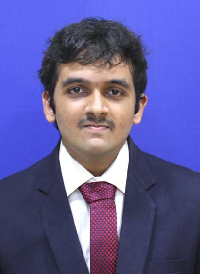
Adarsh Balasubramanian - M.S.E. student in
Materials
Adarsh graduated from the Indian institute of
Technology Madras with a B.Tech. in Metallurgical and Materials
Engineering. As an undergraduate, he worked on developing atomistic
potentials for heterogeneous systems of Pure Titanium using Machine
Learning. He is also an active open-source developer, and has
developed Molecular Dynamics visualization tools for Avogadro
software as part of the Google Summer of Code Programme. He
developed potential models using artificial intelligence with our
research group.

Peter Lile - M.S.E. student in Materials
Peter is interested in energy calculations and
physical properties for materials. He graduated from St. Olaf
College with a B.A. in Mathematics and a concentration in Chemistry.
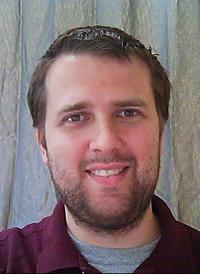
Thomas Nilson - M.S.E. student in Materials
Thomas graduated from the University of
Pittsburgh with a B.S. in Engineering Science, with a focus on
physics. As an undergraduate, he did research on the synthesis of
NbC nanorods and their potential for use in solar cells. With our
group, he used cluster expansions to predict the properties of Pt
alloy nanoparticles.
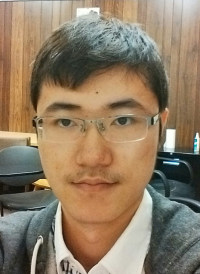
Le Niu - M.S.E. student in Materials
Le graduated from Univeristy of Science and
Technology Beijing with a B.S. in Materials Physics. As an
undergraduate he did research on first-principle study of electronic
properties of metal-semiconductor contact. With our group, his
research interests were in development of cluster expansion method
and its implementation in design of PtNi alloy catalysts for oxygen
reduction.
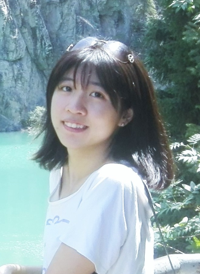
Hao Gao - M.S.E. student in Materials
Hao graduated from Southeast University with a
B.S. in Materials Science and Engineering. As an undergraduate, she
was majored in electronic information materials and did research on
the effect of microalloying on metallic glass forming ability. Her
research focused on energy materials and computationally modelling
structures.
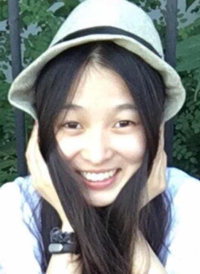
Wan Wan - M.S.E. student in Materials
Wan Wan graduated from University of Science
and Technology Beijing with a B.S. in Nanomaterials and
Nanotechnology. As an undergraduate she did research on synthesis of
nanomaterials and their applications in diagnosis and therapy of
critical diseases. Her research focused on energy materials and
computational materials science.
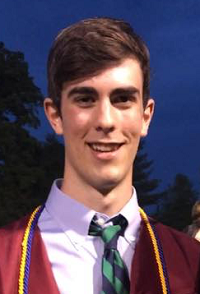
Simon Mason - Undergraduate
Simon joined the group as a freshman studying
Materials Science and Engineering at Johns Hopkins University. His
research involved using genetic algorithms and machine learning
techniques for material analysis.
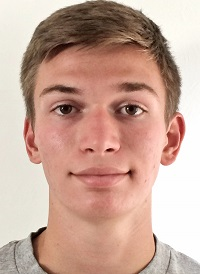
Nathan Smith - Undergraduate
Nathan joined the group as a freshman at Johns
Hopkins University studying Materials Science and Engineering. His
research involved modeling surface structures and their mutations.
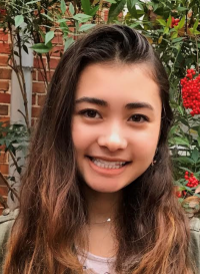
Mia Dunn - Undergraduate
Mia joined the group as a freshman studying
Materials Science and Engineering at Johns Hopkins University. Her
research involved modeling surface structures.
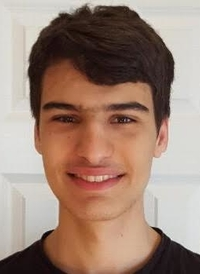
Jack Bond - Undergraduate
Jack joined the group as a freshman studying
Materials Science and Engineering and Physics at Johns Hopkins
University. His research involved writing an interface for
integration of database information into the K-point server’s
report.
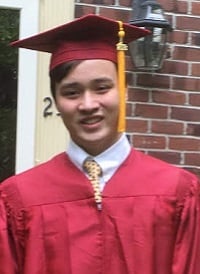
Brendan Lee - Undergraduate
Brendan joined the group as a freshman
undergraduate at Johns Hopkins University. His research focused on
modeling surface structures and testing and improving the
functionalities of the server.
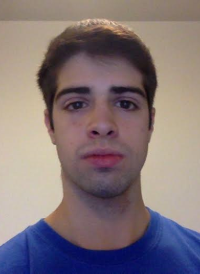
Santiago Encarnacion - Undergraduate
Santiago worked on genetic algorithms and
surfaces.
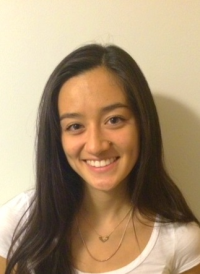
Meilin Else - Undergraduate
Meilin studied Materials Science and
Engineering at Johns Hopkins University. Her research was primarily
focused in computationally modeling surface structures.
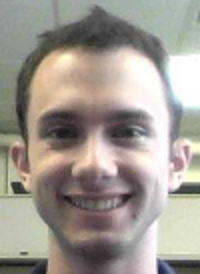
Kyle McGill - Undergraduate
Kyle worked in our group as an undergraduate
and did his senior design project in our group. He graduated with a
degree in Materials Science and Engineering in 2014.

Eunhee Kim - Intern
Eunhee spent a semester in our group as an
intern as part of the Korea WEST program in 2014.